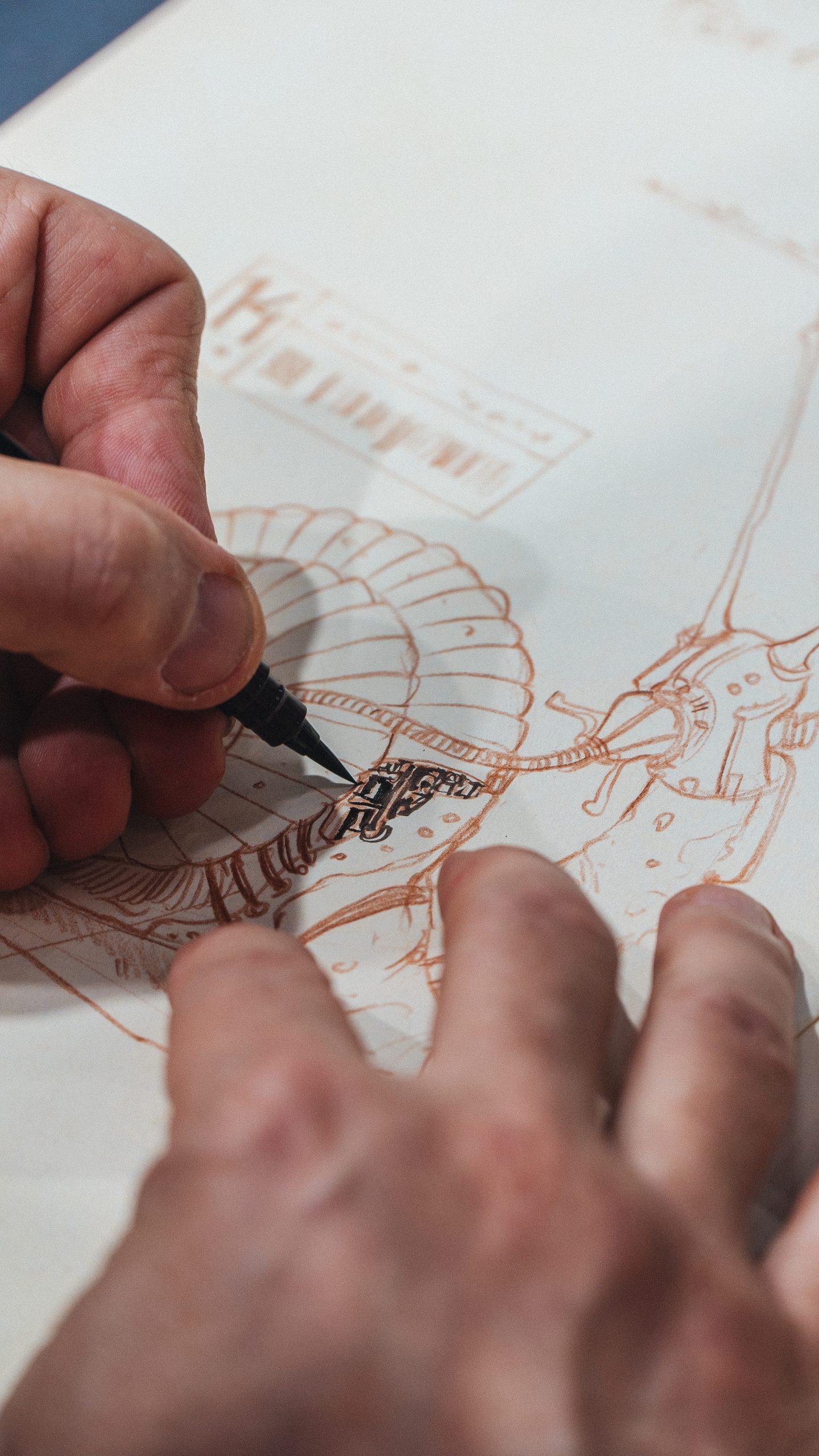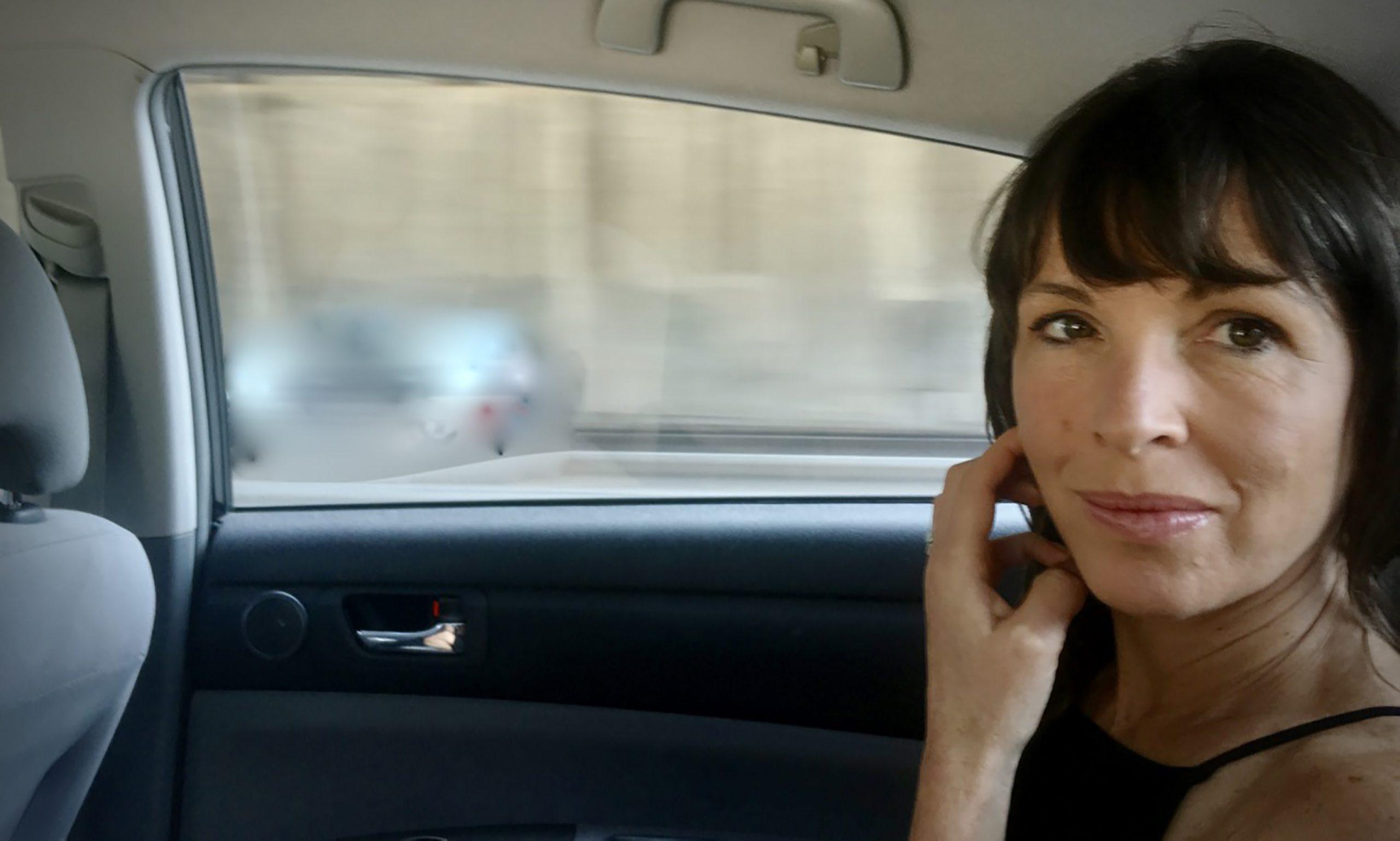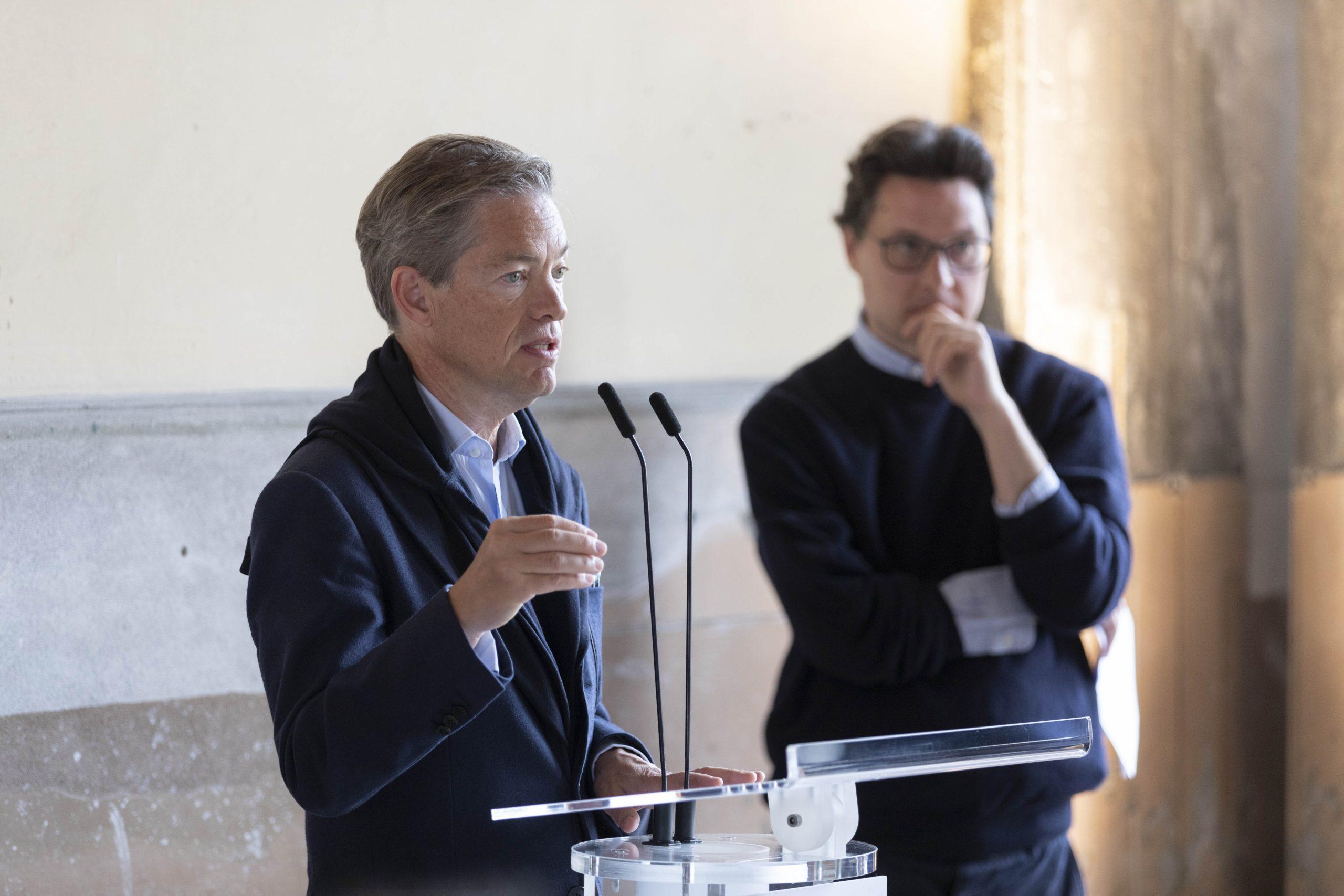Featured in the exhibition hosted at the Castello Estense in Ferrara until June 3rd, 2024, Nino Migliori used photography as a tool to develop a versatile artistic practice, ranging from painting to sculpture to installation. The curator Denis Curti traces the whole story in the homonymous catalogue accompanying the exhibition "Nino Migliori. An Endless Search", published by Marsilio Arte. We offer you a taste of it
I have always thought of Nino Migliori’s photography as something in constant movement: an endless flow of ideas, projects, experimentations, but also of clear-cut ethical and political stances combined with an aesthetic ideal always ready to change direction in that it is always bound to content. I have observed the development of his work with extreme interest. Several times I have attempted to place this artist within a conventional context, but with him shortcuts don’t adhere. My attempts to pin him with a genre, a label, have invariably offered inadequate, fragmentary, fickle results, for Migliori has always acted with a single, undeniable purpose: to ceaselessly push the boundaries of photography a little further, rewriting the syntax of images, opening up and validating previously unknown lines of inquiry. His «endless search» is a mental condition and a physical state. A need for knowledge. A need for a constant exchange of ideas. In his hands, photography is both loved and abused. Stripped and once again clothed. Burned, forgotten, recycled. Shunned and then welcomed. His inventions are all designed to expose, producing a vision that is never univocal. The difference between seeing and looking marks the paradigm of change. Traveling the Via Emilia, he wore a helmet with two cameras attached to simultaneously capture the landscape before and behind him. Deliberate viewing is just as valuable as the wonders of chance. For this reason, bewilderment occupies a place of privilege in his visual alphabet. His lexicon is void of superlatives and can be translated into any language in the world. You will never find judgement or a sense of supremacy. What you will find is manipulated polaroid pictures, portraits cap turned in the light of a match. There are transfigured landscapes, faces, buildings, and always the unfurling of a harmonic development, a gift that asks for nothing in return. Then we have his Cancellazioni (since 1954) series that recovers the importance of the gesture, of the preservation of memory. And we have the Muri of his early days, his opening up to an infinite dialog capable of generating thousands of different stories. Or his projects Oggetti di Morandi and I luoghi di Morandi (1985). In a nutshell, we have all the poetry and power of someone who has chosen to experience photography as a feeling as opposed to an instrument.
If you keep this premise in mind, you will be able to grasp the vastness of Migliori’s work. Consistent with the precious suggestions of Marina Truant, who has been passionately following my efforts every step of the way, for this publication I have attempted to construct a number of concept maps to help me navigate what I call the ‘Migliori universe’ and offer a synthesis that might lead to comprehension. I undertook not only to exactly list and date his many works, but also sought the support of an equal number of artistic, cultural, poetic, social, and political references, producing a work that is most certainly incomplete, possibly no more than an outline, but that I hope may be useful in indicating a few possible interpretations
By Denis Curti
The text is taken from the book Nino Migliori. Una ricerca senza fine, Marsilio Arte, Venice 2024
BIO
Denis Curti is the artistic director of Stanze della Fotografia. In 2015, he founded STILL, a multifunctional space in Milan with a specific focus on photography. Between 2002 and 2003 he curated Sotheby’s photography auctions in Italy. From 2005 to 2014 he has been in charge of Contrasto-Milano. For over fifteen years he has been a photography critic for Vivimilano and Corriere della Sera, he ran the monthly magazine Il Fotografo and he currently runs the magazine Black Camera on Rolling Stone Italia’s digital platform. He also curated several publications for Marsilio.
Photo cover: Nino Migliori, Mani, 1977
Related Articles







